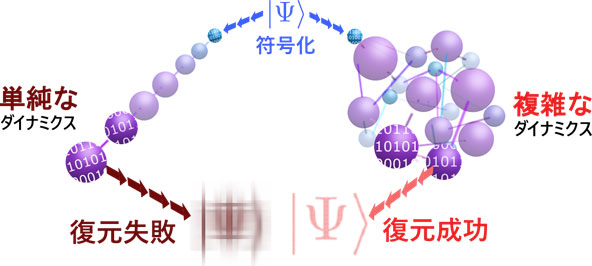2024-05-02 チャルマース工科大学
<関連情報>
- https://news.cision.com/chalmers/r/toxic-chemicals-can-be-detected-with-new-ai-method,c3970068
- https://www.science.org/doi/10.1126/sciadv.adk6669
トランスフォーマーは、水生生物における化学物質の急性および慢性毒性を正確に予測することができる。 Transformers enable accurate prediction of acute and chronic chemical toxicity in aquatic organisms
MIKAEL GUSTAVSSON, STYRBJÖRN KÄLL, PATRIK SVEDBERG, JUAN S. INDA-DIAZ, […], AND ERIK KRISTIANSSON
Science Advances Published: 6 Mar 2024
DOI:https://doi.org/10.1126/sciadv.adk6669

Abstract
Environmental hazard assessments are reliant on toxicity data that cover multiple organism groups. Generating experimental toxicity data is, however, resource-intensive and time-consuming. Computational methods are fast and cost-efficient alternatives, but the low accuracy and narrow applicability domains have made their adaptation slow. Here, we present a AI-based model for predicting chemical toxicity. The model uses transformers to capture toxicity-specific features directly from the chemical structures and deep neural networks to predict effect concentrations. The model showed high predictive performance for all tested organism groups—algae, aquatic invertebrates and fish—and has, in comparison to commonly used QSAR methods, a larger applicability domain and a considerably lower error. When the model was trained on data with multiple effect concentrations (EC50/EC10), the performance was further improved. We conclude that deep learning and transformers have the potential to markedly advance computational prediction of chemical toxicity.



